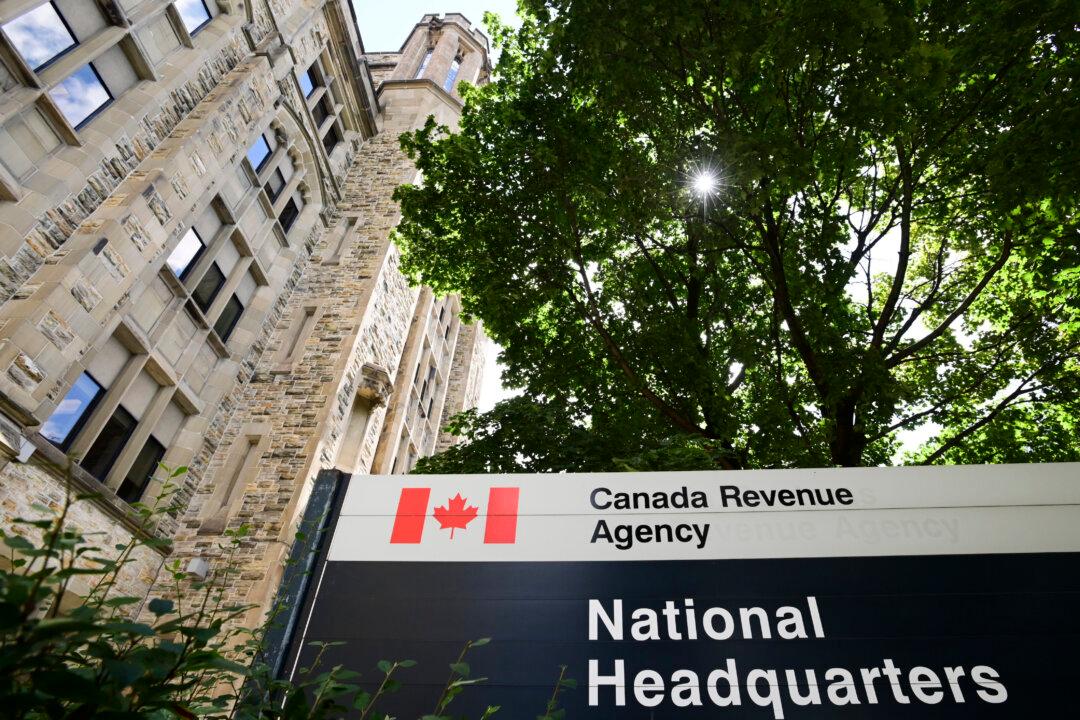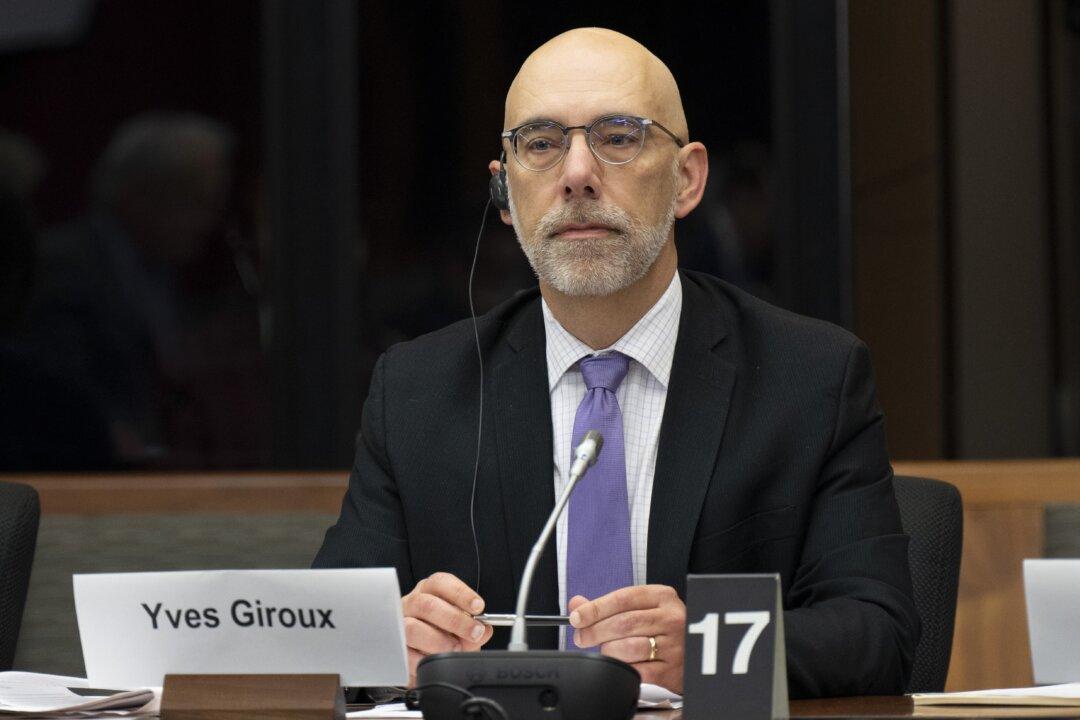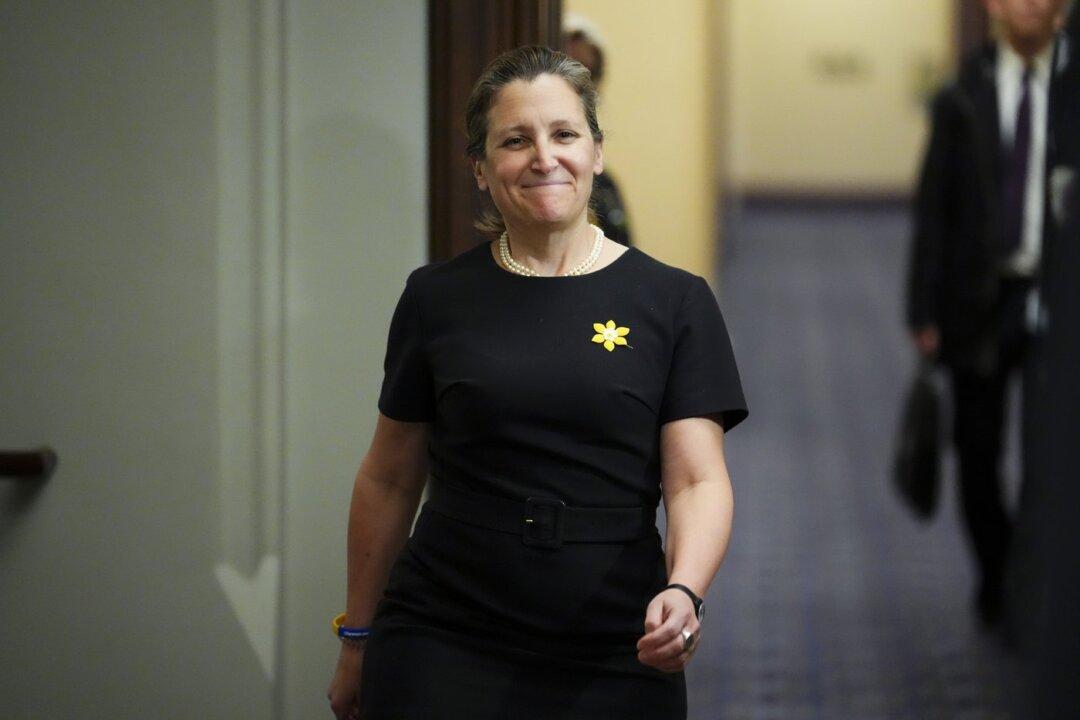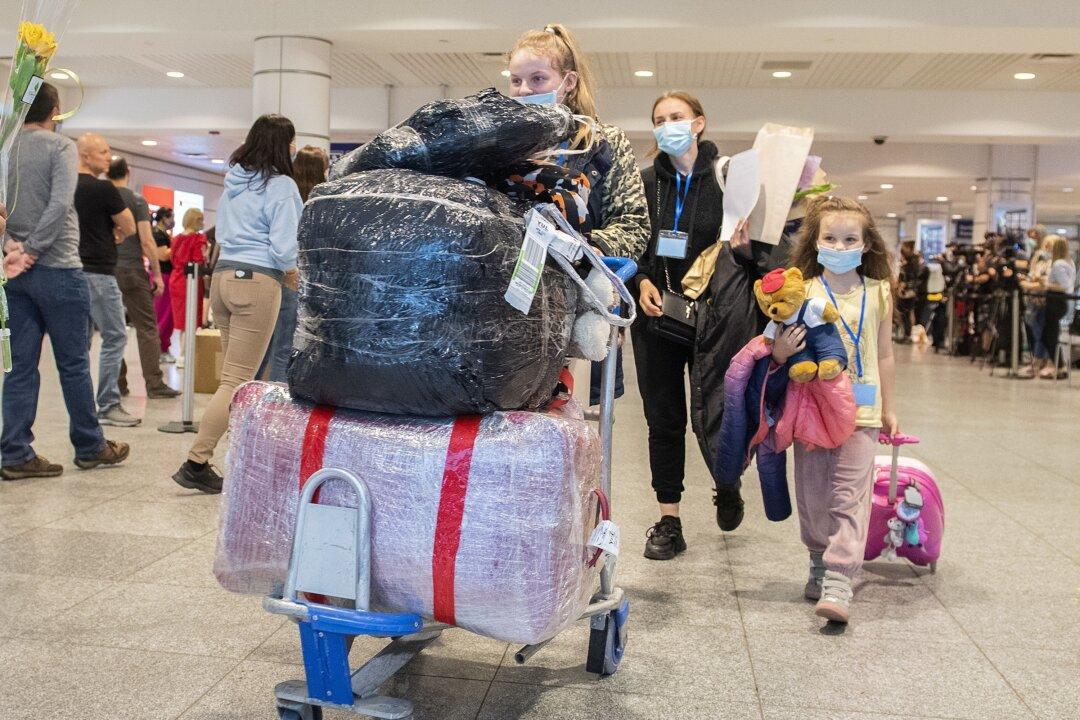The number of Canadians whose taxable incomes are in the top 1 percent bracket has remained virtually the same since 2016, when the Liberal government increased the federal income tax rate to 33 percent for the highest earners—or those making $200,000 or more a year.
The Canada Revenue Agency (CRA) said in an Inquiry of Ministry recently tabled in the House of Commons that there have been less than 400,000 tax filers over the past six years reporting annual incomes surpassing $200,000, according to Blacklock’s Reporter.





